Staying active shouldn’t require a gym membership, expensive gear, or hours of free time. Whether you're squeezing in movement between work calls, parenting duties, or late-night study sessions, functional fitness should fit your life—not disrupt it. Yet, even with the best intentions, small missteps can quietly increase your risk of injury.
The good news? Most of these mistakes are easy to fix. With minimal equipment and smart strategies, you can build resilience, improve mobility, and move safely—no matter how packed your schedule.
Many people either skip warming up entirely or spend five minutes statically stretching cold muscles—both are counterproductive. A proper warm-up increases blood flow, activates key muscle groups, and prepares your nervous system for movement.
Instead of static stretching, focus on dynamic movements: leg swings, arm circles, cat-cow stretches, or bodyweight squats. Spend 5–7 minutes moving through a routine that mimics your planned activity. This primes your body and reduces strain on joints and tendons.
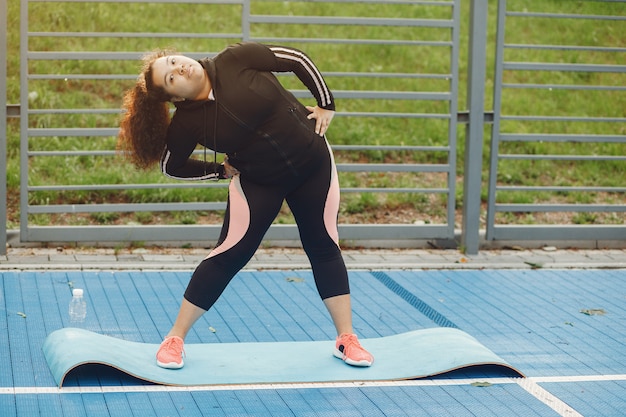
It's tempting to chase reps, speed, or duration—but poor form under fatigue is a fast track to injury. Whether you're doing push-ups on the living room floor or carrying groceries up the stairs, how you move matters more than how much you do.
Focus on control and alignment. For example, during a bodyweight squat, keep your chest up, knees tracking over toes, and hips moving back. If form breaks down, reduce reps or take a break. Use a mirror or record a short video to self-check your technique.
Tip: Create a movement checklist for your go-to exercises. For squats, it might include:
Recovery isn’t just for athletes. Daily wear and tear—from sitting at a desk to lifting kids—accumulates. Without attention, tight hips, stiff shoulders, or weak glutes can lead to compensatory movements and overuse injuries.
Build in 5–10 minutes of mobility work daily. Focus on high-impact areas: hips, thoracic spine, and ankles. Use a foam roller, tennis ball, or even a rolled towel. Pair this with gentle stretching or yoga poses like child’s pose, pigeon stretch, or seated forward fold.
Try this simple daily mobility template:
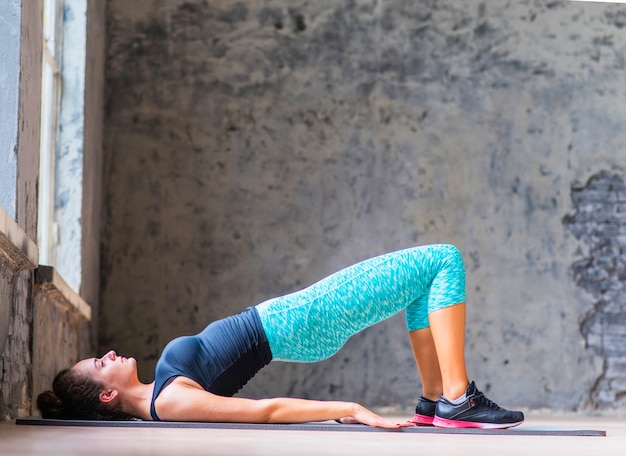
Most of us have a dominant side, but significant imbalances—like one leg being stronger or less flexible—can lead to joint stress and injury over time. The problem often goes unnoticed until pain arises.
Incorporate unilateral exercises into your routine: single-leg deadlifts, step-ups, or side planks. These highlight differences between sides and help correct them. Perform equal reps on both sides, even if one feels harder.
Use a simple movement symmetry checklist:
One of the biggest barriers to consistency is the belief that if you don’t have 45 minutes and a full gym, it’s not worth doing. This all-or-nothing mindset leads to long gaps in activity—making you more prone to injury when you finally return.
Instead, adopt a movement snack approach: 5–10 minute bursts of activity spread through the day. Do wall sits during a coffee break, calf raises while brushing your teeth, or seated glute squeezes at your desk.
Use a weekly movement tracker to log even small efforts. Seeing consistency build—even in micro-sessions—boosts motivation and reduces injury risk by keeping your body active and adaptable.

Reducing injury risk isn’t about perfection. It’s about making small, sustainable changes that support your body through the demands of real life. By fixing these five common mistakes, you’ll move more safely, recover faster, and stay consistent—no matter your schedule or gear.
Start today: pick one mistake to address, use one of the checklists or templates, and commit to just 5 minutes. Over time, these choices add up to a stronger, more resilient you.

Fitness

Fitness

Fitness

Fitness

Fitness

Fitness

Fitness
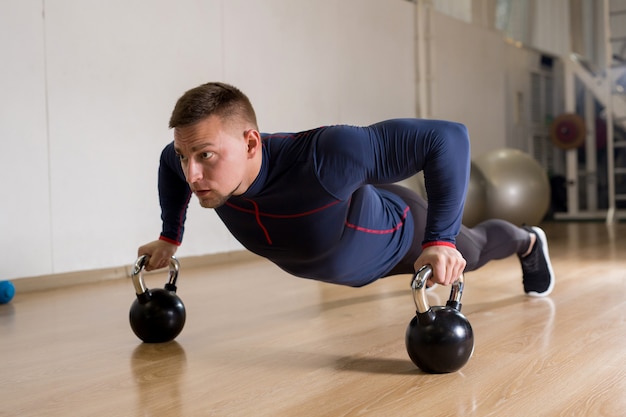
Fitness

Fitness

Fitness
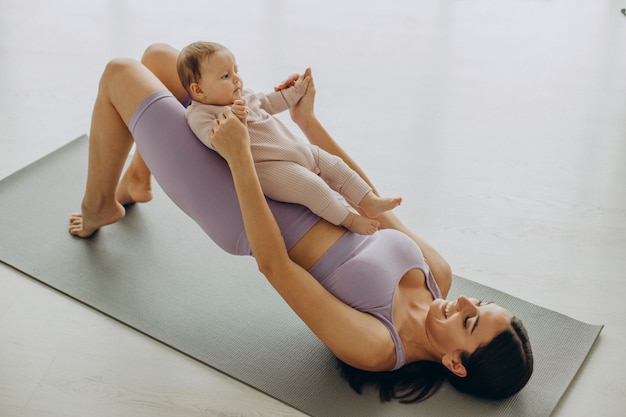
Wellness
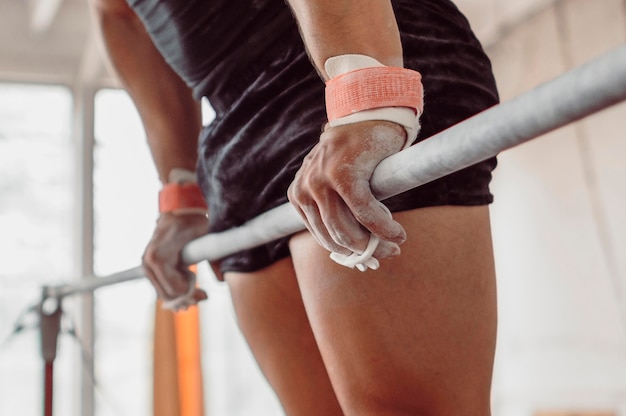
Fitness

Health

Fitness

Health

Health